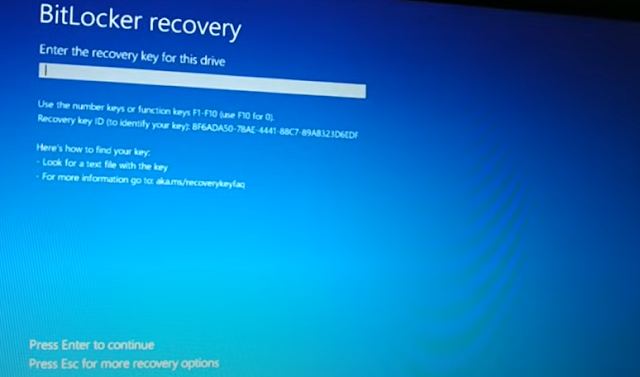Forgot bit locker pin, forgot bit locker recovery key, 5 Easy ways to fix


The LET function is a new feature introduced in Excel 365. It allows you to define and name intermediate calculations within a formula, making it easier to read and maintain complex formulas. It’s syntax is: LET(name1, value1, [name2, value2], ..., expression)
The first argument specifies the name of the
first calculation, and the second argument is the value or formula used in that
calculation. You can have multiple name/value pairs separated by commas to
define additional calculations.
The last argument is the final expression that
uses the intermediate calculations to produce the result. Within the
expression, you can refer to the intermediate calculations by their assigned
names.
Here's an example of using the LET function to
calculate the sum of the squares of the first 10 positive integers:
In this example, we define the variable
"n" to be 10, then use the SEQUENCE function to create a sequence of
the first 10 positive integers. We assign this sequence to the variable
"nums", and then define the variable "squares" as the
square of each number in "nums". Finally, we calculate the sum of the
squares by calling the SUM function on the "squares" variable.
The result of this formula is 385, which is the
sum of the squares of 1^2, 2^2, 3^2, ..., 10^2.